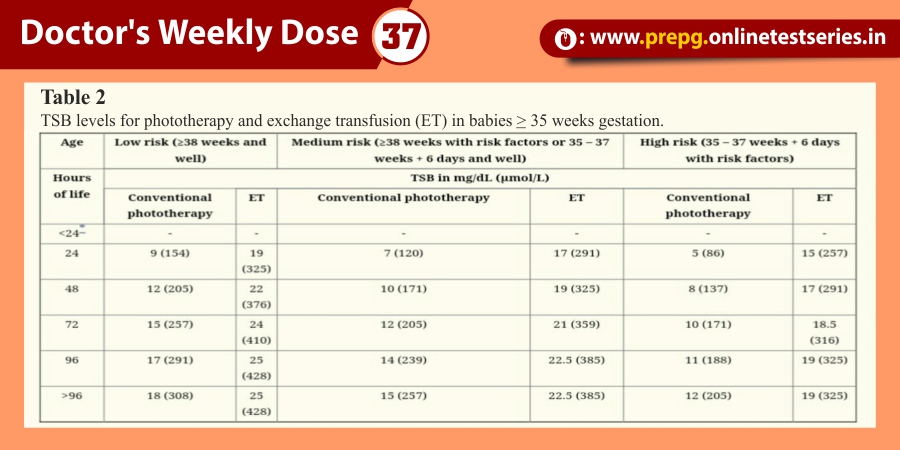Introduction
Viral entry currently represents one of the most attractive targets in the search for new drugs to treat HIV infection. Thanks to the advances in the knowledge of the molecular basis of the mechanisms involved in the entry process, it has been possible to split it into several steps and design molecules to block each one of them. The main steps in the viral entry process are (i) attachment of the viral gp120 to the CD4 T cell receptor, (ii) binding of the gp120 to CCR5 or CXCR4 co-receptors and (iii) fusion of the viral and cellular membranes (Figure 1).
Entry inhibitors are a new family of antiretrovirals presently represented only by one drug, enfuvirtide, the first fusion inhibitor,1 but many other compounds are in the process of clinical development and certainly will be part of the therapeutic armamentarium within the next few months or years. These compounds are eagerly awaited and may prove beneficial for the growing number of HIV-infected individuals who have developed resistance to the currently available reverse transcriptase (RT) and protease inhibitors.
The threat of resistance is always present in HIV therapeutics, and there is no doubt that HIV will develop resistance to entry inhibitors also. However, the good news is that no cross-resistance with the currently available antiretrovirals is expected given their distinct mechanisms of action. Herein, we review in detail how HIV entry inhibitors block each stage of the entry process and which are the mechanisms by which resistance may develop (Table)
Table
HIV entry inhibitors: mechanisms of action and resistance pathways
|
Drug
|
Mechanism of action
|
Resistance pathway
|
|
CD4–gp120 inhibitors |
|
Changes within gp120 surrounding the Phe-43 cavity |
|
PRO-542 |
Tetravalent recombinant antibody (IgG2–CD4) |
|
|
TNX-355 |
Monoclonal antibody against CD4 |
|
|
BMS-806 |
Binds to gp120, blocking conformational changes after CD4 binding |
|
|
CADA |
Decreases CD4 expression on the cell surface |
|
|
CCR5 antagonists |
|
Changes within gp120 (V3, C2, V2, C4) Co-receptor shift to CXCR4 use |
|
SCH-C, Vicriviroc, SCH-D |
Binds to transmembrane domains of CCR5 |
|
|
Aplaviroc (GW-873140)a |
Binds to ECL2 of CCR5 |
|
|
Maraviroc (UK-427,857) |
Binds to transmembrane domains of CCR5 |
|
|
TAK-220, TAK-652 |
Binds to transmembrane domains of CCR5 |
|
|
PRO-140 |
Monoclonal antibody against CCR5 |
|
|
CXCR4 antagonists |
|
Changes within gp120 (V3, V1, V2, V4) Co-receptor shift to CCR5 use |
|
AMD070 |
Binds to CXCR4 |
|
|
KRH-1636, KRH-2731 |
Binds to second and third extracellular loops of CXCR4 |
|
|
Fusion inhibitors |
|
|
|
Enfuvirtide (T-20)b |
Synthetic peptide which mimics a HR2 fragment and blocks the formation of the six-helix bundle |
Changes at residues 36–45 in the HR1 region of gp41 |












